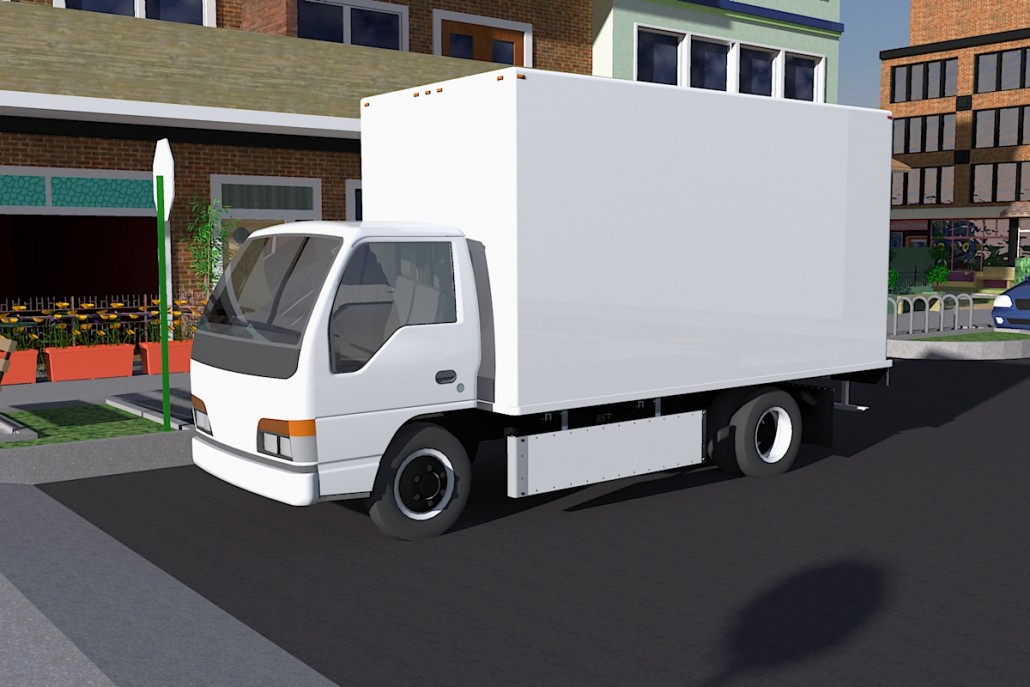
Photo – Walker Blocker
Two weeks ago, following the tragic crash that took the life of Emily Fredricks, we explored the idea of requiring large trucks to install side guards and convex mirrors to prevent people on foot or bicycle from being caught in the undercarriage of those vehicles.
As part of our 7 Demands to the City of Philadelphia, we noted side guards should be required for all large trucks using city streets. In their response, the City sort of shrugged at the idea of requiring all trucks to use side guards. So, we’ve looked into how other cities — specifically Boston and Chicago — wrote their side guard legislation, for insight on how Philadelphia could do it.
Both Boston’s and Chicago’s ordinances were based on the safety recommendations published by the Volpe and could serve as templates for a Philadelphia Ordinance. These ordinances were directed towards contractors. Both cities are retrofitting their large trucks fleets using internal policy changes.
New York City has an even more comprehensive law that directs every trash hauler that does business in the City to install safety equipment by 2024.
So, why can or can’t Philadelphia do the same? We’re looking at the legalities of Philadelphia and Pennsylvania law to figure that out, and will continue updating our readers on this issue.
In the meantime, here are Chicago’s, Boston’s, and New York City’s side guard ordinances:
Chicago Side Guard Ordinance by bcgp on Scribd
Boston Side Guard Ordinance by bcgp on Scribd
New York City Comprehensive Truck Safety Guards by bcgp on Scribd

I won’t discount the potential value of side guards, or of parabolic mirrors. However, the fact of the matter is that trucks have blind spots, especially on the right side, where bikers ride. The American Trucking Associations and many others have, for years, tried to get states to educate motorists about where it is safe to ride near trucks. When a truck hurts a bicycle rider or pedestrian, it is most often not the driver’s fault. Bottom line: The Coalition should also be focusing on rider education. Bike riders should not ride next to a truck unless far enough back that the driver can see you in his or her mirrors. The rider should also make sure to ride where he or she can see the truck’s signals when passing through an intersection. Sometimes, the truck turns right and hits the cyclist only because the driver simply did not know they were there. Let’s focus more on practical solutions that arise out of mutual respect and scientific/engineering practice, and less on volatile rhetoric. I have a lot of respect for the goals of the Coalition, but truly feel we all need to learn to get along and work together, allowing science and engineering to inform our approaches.
This is sorely needed. Many truck drivers who have killed people on bicyclists overtake the cyclist, and are just not focused on the road. Too often they are rushing to their destination. Bad truck design contributes to this, with calls for legislation banning the high, setback driver’s cabs from city streets.